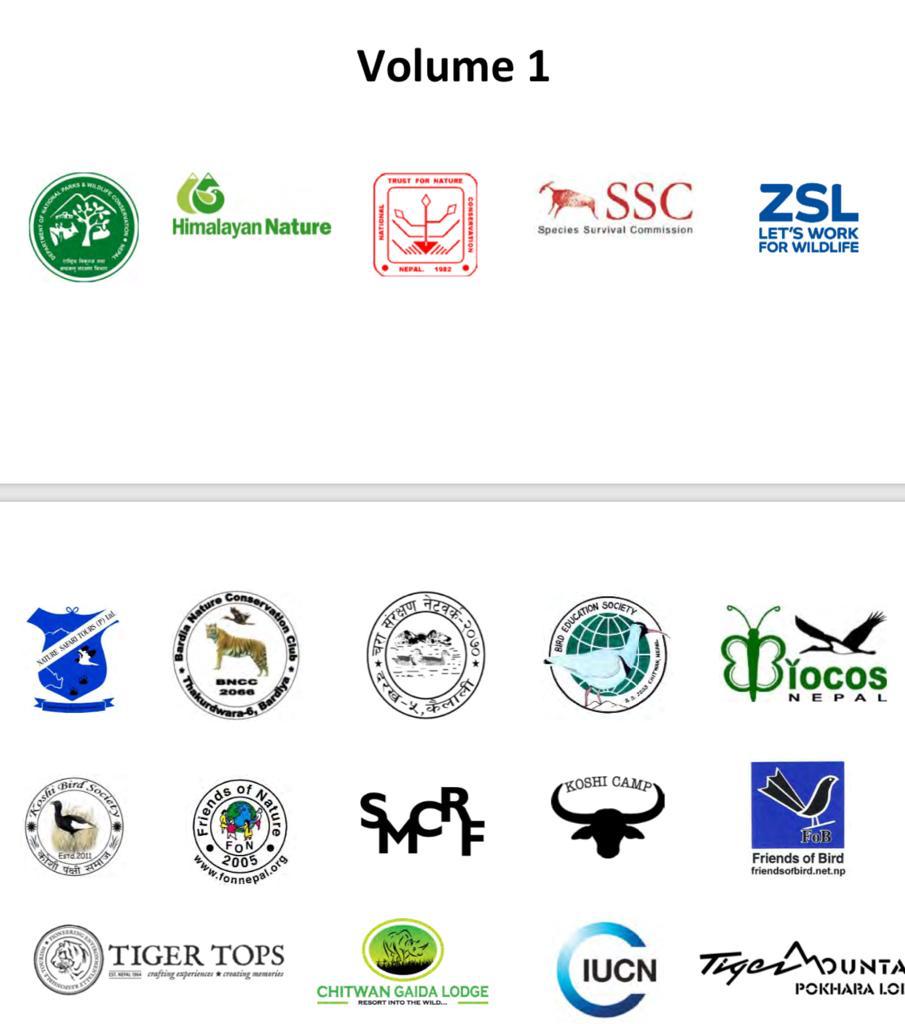
Objectives and nomenclature
The main objectives of this national Bird Red Data Book are to provide comprehensive accounts of all the bird species found in Nepal, assess their status applying the IUCN Guidelines at Regional Levels (IUCN 2003), identify threats to bird species and recommend the most practical measures for their conservation. The species nomenclature in this Red Data Book follows IUCN approved names which are the same as those used by BirdLife International.
Nepal bird Red List assessments
This work highlights species most threatened and under-researched. Through a network of field technicians, scientists and government officials, conservation recommendations have been made to further secure the future of Nepal’s bird species. The National Red List Programme under the leadership of the Department of National Parks and Wildlife Conservation (DNPWC) and with major initiation and support from the Zoological Society of London and National Trust for Nature Conservation already assessed mammalian species in 2012 (Jnawali et al. 2012) and will continue to assess all major taxa in Nepal including reptiles, amphibians, fish, invertebrates and flowering plants providing a true picture of the overall state of Nepal’s biodiversity and producing conservation recommendations to help prevent declines in the future. Each revision of the National Red List will highlight the biodiversity trends of the country, as well as the effectiveness of conservation programmes already in place. This information will also allow the Government of Nepal to monitor its progress towards meeting national and international targets such as those set by the Convention on Biological Diversity.
© 2022 Biodiversity Conservation Society Nepal. All Rights Reserved.
Website by Brevin Creation